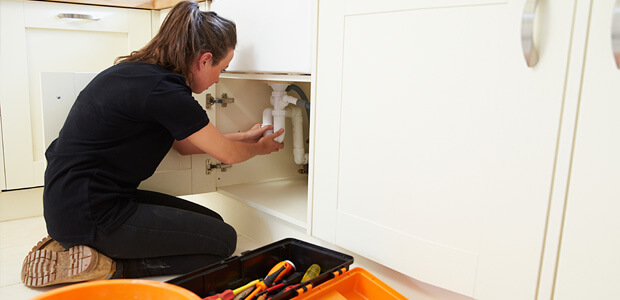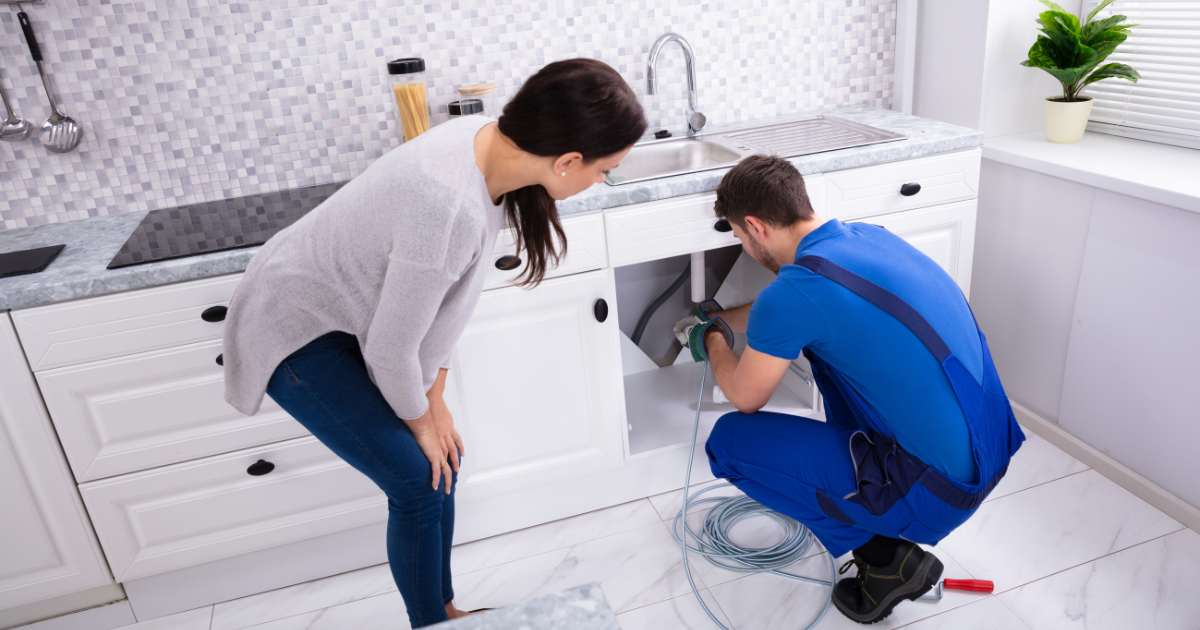Guidelines for Fixing a Blocked Drain Before Consulting Professional Plumbers
Guidelines for Fixing a Blocked Drain Before Consulting Professional Plumbers
Blog Article
Any individual has got their private theory involving How to handle a clogged drain in your home.

Intro
Handling an obstructed drainpipe can be a discouraging experience, disrupting everyday tasks and potentially triggering damage to your residential property. However, before connecting to plumbing professionals, there are steps you can require to deal with the problem yourself. In this overview, we'll discover do it yourself options and preventive measures to deal with an obstructed drain successfully.
Recognizing the Issue
The primary step in dealing with an obstructed drain is identifying the signs. Slow-moving drainage, gurgling sounds, foul odors rising from drains pipes, or water support up are common indications of an obstructed drain. Recognizing these signs early can aid avoid further problems.
Selecting the Right Plumbing Service
When choosing a plumbing solution, take into consideration factors such as experience, licensing, and customer testimonials. Select a reputable plumber with a track record of top quality craftsmanship and transparent rates practices.
Expense Factors to consider
The price of specialist drainpipe cleaning company can differ depending upon the intensity of the obstruction and the plumbing technician's prices. Demand quotes from multiple suppliers and ask about any kind of surcharges to make certain openness and prevent shocks.
Security Precautions
When attempting do it yourself drain cleaning, focus on security. Wear safety handwear covers and eyewear to stay clear of contact with harmful chemicals or bacteria. Never ever mix different drain cleansing items, as this can generate harmful fumes.
Situation Studies
Real-life instances illustrate the performance of do it yourself remedies and the relevance of timely specialist treatment in settling drain obstructions.
Typical Sources Of Blocked Drainpipes
Understanding the factors that add to drain clogs is vital for reliable resolution. Typical offenders include hair, soap residue, oil, food particles, and international things like hygienic products or paper towels. Tree origins invading below ground pipes can additionally trigger considerable blockages.
DIY Solutions
For minor blockages, several do it yourself solutions can be efficient. Putting boiling thin down the drainpipe can aid liquify oil and debris. Sodium bicarbonate and vinegar or a blend of salt and baking soft drink can work as natural cleansers. Utilizing a bettor or pipes serpent to dislodge blockages is another choice.
Devices and Equipment
Having the right tools on hand can make do it yourself drainpipe cleaning a lot more effective. A plunger is a functional device for removing obstructions in sinks, commodes, and showers. A pipes serpent or auger can reach much deeper obstructions, while drain cleaning chemicals can be made use of very carefully for stubborn obstructions.
Preventive Measures
To avoid future clogs, taking on preventive measures is vital. Mount drain guards or strainers to capture hair and debris before they go into the pipes. Consistently flush drains pipes with hot water to liquify oil build-up, and avoid disposing of oil or solid waste down the tubes.
When to Call a Specialist
While do it yourself options can solve small obstructions, specific signs show the need for professional support. Consistent clogs, foul odors regardless of cleaning up initiatives, or multiple drains pipes backing up all at once are warnings that require experienced treatment.
Conclusion
By following the ideas described in this guide, you can effectively tackle obstructed drains and prevent future plumbing problems. Whether choosing do it yourself remedies or looking for specialist aid, timely activity is key to maintaining a healthy pipes system and maintaining the honesty of your home.
How to Clear a Clogged Drain Yourself (And When to Call In the Professionals)
What Can Clog a Drain
Dirt Skin flakes Hair Grease Soap scum Food Offset pipes Tree roots Small objects Mineral buildup DIY Tricks to Unclog a Drain
You can fix this! Once you have identified the source of the clog (or have a vague idea), you can try one or a combination of these fixes in order to clear your plumbing.
Wire Hanger or Snake
Untangle and clear out hair from a drainpipe with a homemade snake. Use a straightened-out wire hanger with a 90-degree angle hook to locate the clog and drag out any unwanted material.
Remember not to push the clog further down to where the wire hanger cannot reach! If you need to follow up with a plunger, give it a try. Your efforts might be more successful after it’s been wire-snaked.
If you want to get fancy and don’t have a wire hanger to spare, head to the store and pick up a hand-operated drain snake. You can get one for $10-$30. It may save you the hassle, and provide additional length to reach deep into the clogged pipe.
Plunger
A cup plunger has a suction cup attached to a wooden handle. The rubber creates a seal around the drain, and increases the pressure force of the plunger.
Plunge for 30-second increments to loosen the clog. This may need to be repeated over the course of 15-20 minutes. Once plunged, run the water to flush the remaining material out of the drain.
Remember– never use a plunger if you have used a chemical drain cleaner. These chemicals can splash up from the force of the plunger and cause serious injury or burns.
Boiling Water
Hot water can sometimes break up materials into a flushable amount. Dirt, grease, and soap buildup requires heat in order to unstick from surfaces.
Take your kitchen kettle and heat your water to a boil. Once it reaches a rolling boil, pour it directly down the drain into the blockage. Carefully follow with plunging, if necessary.
Don’t worry if this takes more than one try! It can often take multiple kettles and repeated plunging in order to clear a particularly stubborn clog.
Chemical Drain Cleaner
As a last resort, pick up a bottle of chemical drain cleaner. Drain-cleaning chemicals are potent, and not very good for the environment.
You may need to wear protective eyewear in gloves before handling your bottle of chemical drain cleaner. Follow the instructions printed on the bottle, and flush with water as soon as the instructions allow. Do not follow with plunging.
Baking Soda and Vinegar
As a safer alternative to chemical drain cleaner, baking soda and vinegar can create a chemical reaction that clears tough clogs.
Combine one cup of cleaning vinegar with one cup of boiling water, and set aside. Once you have done this, pour half a cup of baking soda down the drain. Give the baking thirty seconds to settle and cover a large portion of the problem drain.
Following the baking soda, pour down your vinegar and hot water solution. Once the vinegar and baking soda combine, the mixture will bubble and fix. Let this reaction fizzle in the drain for about an hour.
After an hour, follow with a kettle’s worth of hot water. The heat and liquid should flush out any remaining material.
When to Call a Plumber
If your DIY attempts haven’t cleared your clog drain, it’s time to call in a professional. It’s not worth losing access to your kitchen sink or high-traffic bathroom. A clog in a vital area can keep you from the things you’d rather be doing, and derail your routine.
Anytime a clog is causing water to spread is a time to call in a plumbing service. What starts out as a little bit of water can quickly grow into serious, expensive water damage.
Additionally, a serious clog can result in burst pipes or serious leaks. Make sure you know when to take it seriously!
https://myguysnow.com/how-to-clear-a-clogged-drain-yourself-and-when-to-call-in-the-professionals/

I found that post about How to handle a clogged drain in your home when doing a search on the internet. Are you aware of somebody who is interested by the topic? Be sure share it. Thank you for your time spent reading it.
Call Today Report this page